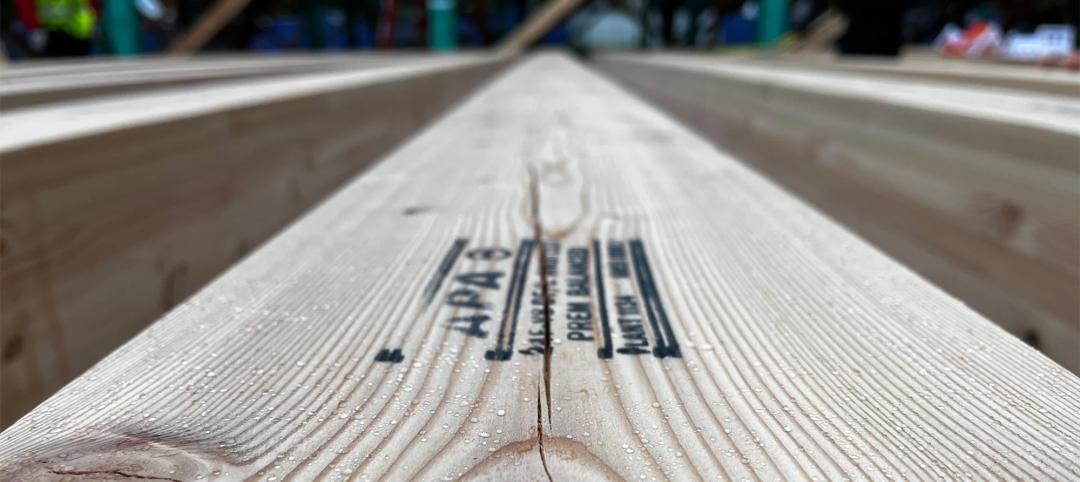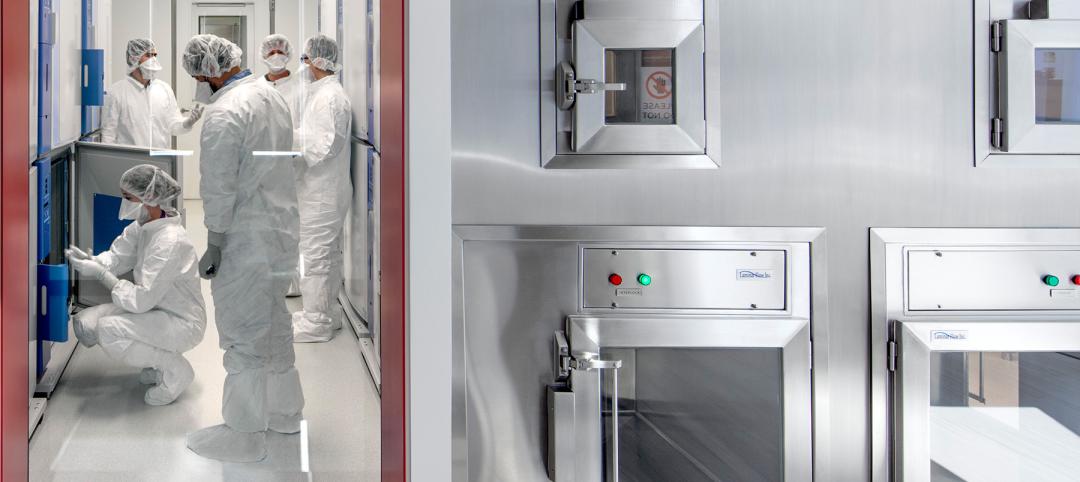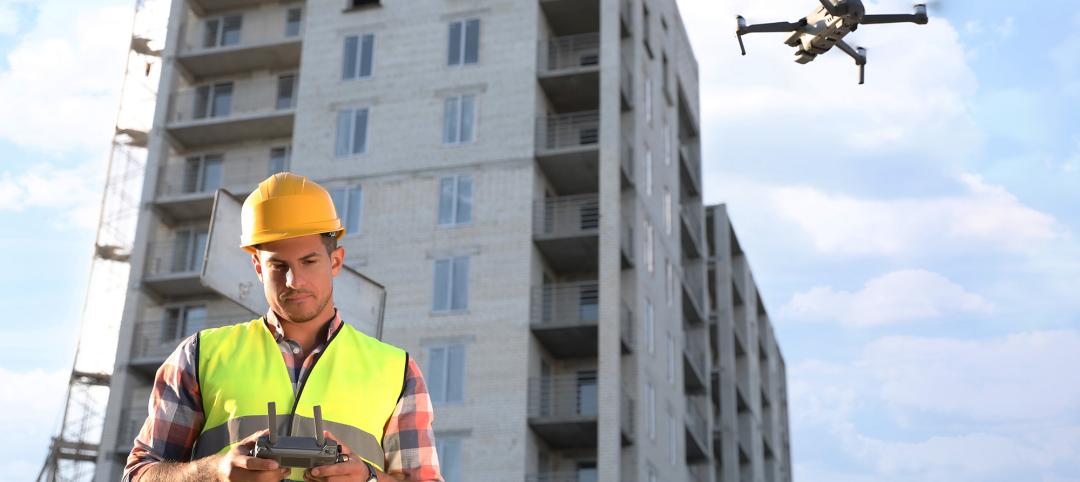In the annals of jobsite productivity, the portable restroom—better known as a porta potty or Porta John—has played a prominent, if underappreciated, role.
Dating back to the 1940s, these single-occupant restrooms within fiberglass boxes are essential fixtures in construction management. And there have been advances along the way: in 2016, for example, a New York-based supplier named Callahead introduced Waterloo, a self-contained system that Callahead touted as giving users the look, feel, and comfort of a home bathroom.
But portable restrooms can’t always be conveniently placed, especially on high-rise projects where bathroom breaks can be an arduous, time-consuming process.
BUILT TO ACCOMMODATE TIGHT SPACES
Lendlease thinks it’s found a solution to this dilemma with its H3 Wellness Hub, a modular bathroom system whose design optimizes mobility, installation, and maintenance. (The three “H”s stand for hub, health, and hygiene.)
Lendlease invented H3, and has licensed its exclusive manufacturer, B&T Manufacturing in Black Hawk, S.D., to market and sell the units that are 60-1/8 x 49 x 82 inches (length, width, height, outside) and 49 x 44-1/4 x 75 inches (inside). Lendlease started rolling out H3s last November and there are currently eight in the field and 11 more scheduled for delivery within the next month in New York, Los Angeles, San Francisco, and Chicago.
B&T is in negotiations with other Porta John suppliers and subcontractors.
The H3s are designed to accommodate tight spaces. They can fit in a construction hoist or be lifted by crane vertically onto a project’s site. Their built-in wheel system can lock in place or be rolled around for versatile positioning.
MULTIPLE HOOKUP OPTIONS
 Chemicals aren't needed to clean the interior of H3s, which can by connected to septic tanks or city utilities.
Chemicals aren't needed to clean the interior of H3s, which can by connected to septic tanks or city utilities.
The units provide an enclosed, climate-controlled space that can be connected to standalone septic tanks or directly, on single or multiple floors, to sanitation, fresh water, and electrical utility risers. Conventional cleaning materials can be used, thereby eliminating the need for chemicals that are common in most portable restrooms. (A wall-mounted toilet allows for obstruction-free floor cleaning.)
H3s include HVAC, hot water, natural lighting (via a translucent roof), and porcelain fixtures. UV options are available for germ and bacteria prevention.
Tim Torpey, B&T’s general manager, tells BD+C that his company isn’t sharing pricing information publicly, preferring instead to have customers call and request a price quote. Torpey adds that B&T is offering volume discounts.
 The units are designed to make personal hygiene more convenient for jobsite workers.
The units are designed to make personal hygiene more convenient for jobsite workers.
Related Stories
Mass Timber | Sep 26, 2024
5 lessons in water mitigation for mass timber projects
Sustainability leaders from Skanska, RDH, and Polygon share five tips for successful water mitigation in mass timber construction.
Laboratories | Sep 26, 2024
BSL conversions: A cost-efficient method to support high-containment research
Some institutions are creating flexible lab spaces that can operate at a BSL-2 and modulate up to a BSL-3 when the need arises. Here are key aspects to consider when accommodating a rapid modulation between BSL-2 and BSL-3 space.
AEC Tech | Sep 25, 2024
Construction industry report shows increased use of robotics on jobsites
Nearly two-thirds of contractors surveyed, who cited use of robotics on jobsites, are either using monitoring and/or service/labor robotics.
MFPRO+ News | Sep 24, 2024
Major Massachusetts housing law aims to build or save 65,000 multifamily and single-family homes
Massachusetts Gov. Maura Healey recently signed far-reaching legislation to boost housing production and address the high cost of housing in the Bay State. The Affordable Homes Act aims to build or save 65,000 homes through $5.1 billion in spending and 49 policy initiatives.
AEC Tech | Sep 24, 2024
Generative AI can bolster innovation in construction industry
Jeff Danley, Associate Technology and Innovation Consultant at Burns & McDonnell, suggests several solutions generative AI could have within the construction industry.
Mixed-Use | Sep 19, 2024
A Toronto development will transform a 32-acre shopping center site into a mixed-use urban neighborhood
Toronto developers Mattamy Homes and QuadReal Property Group have launched The Clove, the first phase in the Cloverdale, a $6 billion multi-tower development. The project will transform Cloverdale Mall, a 32-acre shopping center in Toronto, into a mixed-use urban neighborhood.
3D Printing | Sep 17, 2024
Alquist 3D and Walmart complete one of the nation’s largest free-standing, 3D-printed commercial structures
Walmart has completed one of the largest free-standing, 3D-printed commercial structures in the US. Alquist 3D printed the almost 8,000-sf, 20-foot-high addition to a Walmart store in Athens, Tenn. The expansion, which will be used for online pickup and delivery, is the first time Walmart has applied 3D printing technology at this scale.
Retail Centers | Sep 17, 2024
Thinking outside the big box (store)
For over a decade now, the talk of the mall industry has been largely focused on what developers can do to fill the voids left by a steady number of big box store closures. But what do you do when big box tenants stay put?
Government Buildings | Sep 17, 2024
OSHA’s proposed heat standard published in Federal Register
The Occupational Safety and Health Administration (OSHA) has published a proposed standard addressing heat illness in outdoor and indoor settings in the Federal Register. The proposed rule would require employers to evaluate workplaces and implement controls to mitigate exposure to heat through engineering and administrative controls, training, effective communication, and other measures.
Codes and Standards | Sep 17, 2024
New California building code encourages, but does not mandate heat pumps
New California homes are more likely to have all-electric appliances starting in 2026 after the state’s energy regulators approved new state building standards. The new building code will encourage installation of heat pumps without actually banning gas heating.

















